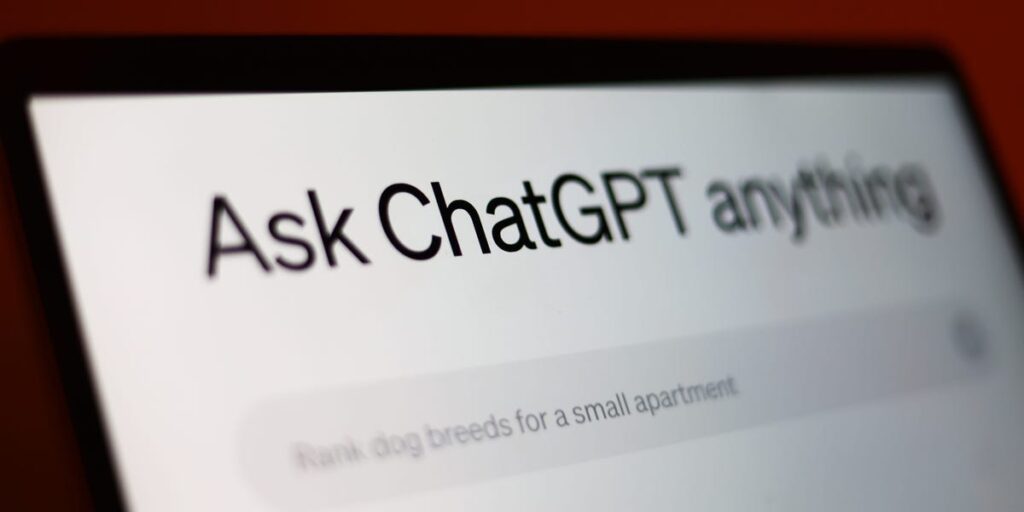Landing a job at OpenAI often requires a strong tech background, experience at top-tier companies, and a genuine passion for AI research.
Succeeding at the company, however, requires the ability to work without a playbook.
“Approaching each scenario from scratch is so important in this space,” Nick Turley, the head of ChatGPT, told Lenny Rachitsky on his weekly tech podcast on Saturday. “There is no analogy for what we’re building. You can’t copy an existing thing.”
He added that OpenAI cannot iterate on products or features developed by existing tech giants like Instagram, Google, or a company already known for its productivity tool.
“You can learn from everywhere, but you have to do it from scratch. That’s why that trait tends to make someone effective at OpenAI, and it’s something we test for,” he said, referring to an employee’s ability to start a project from the ground up.
Turley also discussed OpenAI’s release strategies. The company unveiled GPT-5 on Thursday to mixed reviews. He said OpenAI intentionally ships features before they’re fully ready.
“We get a lot of crap for the model chooser,” he said, referring to the now-discontinued dropdown menu in ChatGPT that allowed users to select between OpenAI’s models.
Turley’s thesis is that it’s better to “ship out something raw even if it makes less sense” so you can start learning from real users. Companies often wait to unveil products because they want to adhere to “a quality bar,” but it’s actually better to roll out features quickly to ensure you get the feedback you need, he said.
“The reason really is that you’re gonna be polishing the wrong things in this space,” he said. “You won’t know what to polish until after you ship” and that is “uniquely true in an environment where the properties of your product are emergent.”
The launch of GPT-5 is an example of this philosophy at work.
After criticism, the model switcher has been removed and replaced with a “real-time router” that selects the most appropriate model to handle each user request.
“Previously, you had to go deal with the model picker in ChatGPT,” OpenAI COO Brad Lightcap said in an interview with Big Technology, a tech newsletter, on Friday. “You had to select a model that you wanted to use for a given task. And then you’d run the process of asking a question, getting an answer. Sometimes you choose a thinking model, sometimes you wouldn’t. And that was, I think, a confusing experience for users.”
Of course, it’s impossible to satisfy everyone. After GPT-5’s release, users immediately complained that they could no longer access a fan-favorite older model. So OpenAI CEO Sam Altman said he’d bring it back.
Read the full article here


